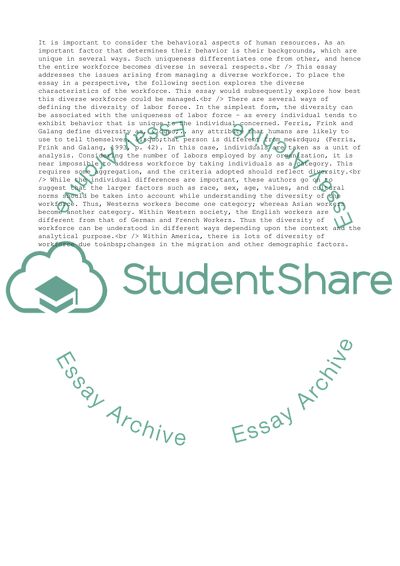Cite this document
(Core Challenges of Managing Diversity in the Workplace Coursework - 1, n.d.)
Core Challenges of Managing Diversity in the Workplace Coursework - 1. Retrieved from https://studentshare.org/management/1566938-the-core-challenges-of-managing-diversity-in-the-workplace-today
Core Challenges of Managing Diversity in the Workplace Coursework - 1. Retrieved from https://studentshare.org/management/1566938-the-core-challenges-of-managing-diversity-in-the-workplace-today
(Core Challenges of Managing Diversity in the Workplace Coursework - 1)
Core Challenges of Managing Diversity in the Workplace Coursework - 1. https://studentshare.org/management/1566938-the-core-challenges-of-managing-diversity-in-the-workplace-today.
Core Challenges of Managing Diversity in the Workplace Coursework - 1. https://studentshare.org/management/1566938-the-core-challenges-of-managing-diversity-in-the-workplace-today.
“Core Challenges of Managing Diversity in the Workplace Coursework - 1”. https://studentshare.org/management/1566938-the-core-challenges-of-managing-diversity-in-the-workplace-today.


